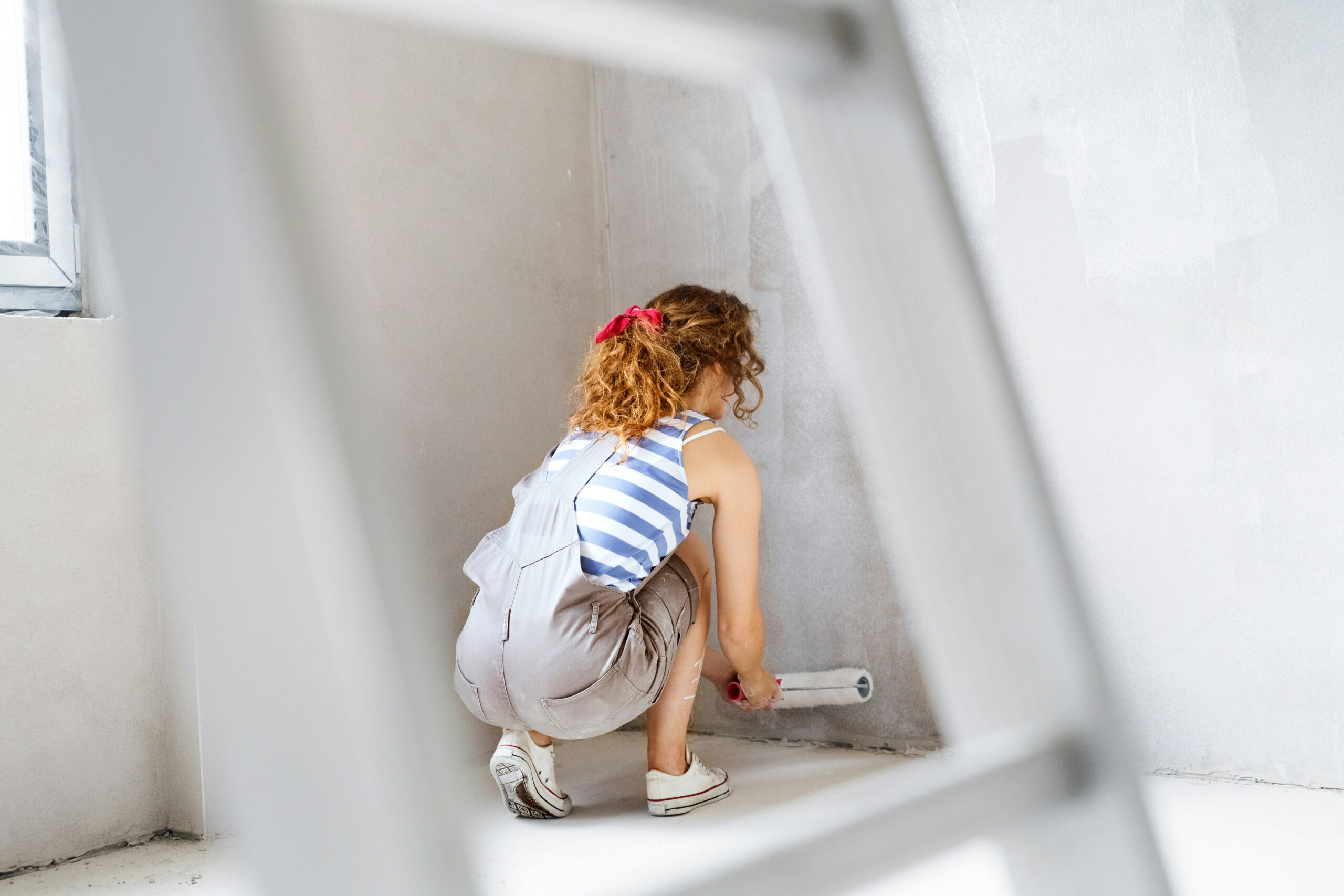
Unlock the Secrets to Successful DIY Painting
Are you ready to transform your space with a fresh coat of paint? DIY painting can be a rewarding and cost-effective way to revitalize your home, but it requires some know-how to achieve professional results. In this blog post, we’ll unlock the secrets to successful DIY painting, offering expert advice, practical tips, and a step-by-step guide to help you achieve a flawless finish.
Preparation is Key
Before you even think about dipping a brush into paint, preparation is crucial. According to experts, most painting failures are due to inadequate prep work. Scrape off old, peeling paint, fill in any cracks or holes, and sand down rough areas. Clean the surface thoroughly to remove dirt, grease, and dust. A clean, smooth surface ensures that the paint adheres properly and lasts longer.
Materials Checklist
| Item | Purpose |
|---|---|
| Scraper | Remove old paint |
| Sandpaper | Smooth the surface |
| Filler | Fill cracks and holes |
| Primer | Base coat for better adhesion |
| Painter’s Tape | Protect edges |
| Drop Cloths | Protect floors and furniture |
| Paint Brushes | For detailed work |
| Rollers | For large areas |
Selecting the Right Paint
Choosing the right paint is just as important as the preparation. Experts recommend considering the type of room you’re painting. For high-moisture areas like bathrooms and kitchens, opt for mildew-resistant and washable paints. For living rooms and bedrooms, you can choose paints with different finishes, such as matte, satin, or glossy, depending on the look you desire.
Pro Tip: Always test a small patch before committing to a color. Lighting can significantly affect how a color appears on your walls.
Painting Techniques
Once you have your materials and paint, it’s time to start painting. Begin with a coat of primer if you’re painting over a dark color or a new surface. Use painter’s tape to protect edges and create clean lines. When applying paint, use a roller for large areas and a brush for edges and corners. Apply paint in a ‘W’ or ‘M’ motion to avoid streaks and ensure even coverage.
Step-by-Step Guide
- Start with the ceiling and work your way down.
- Use a brush for cutting in around edges and corners.
- Roll paint onto the walls in small sections.
- Allow the first coat to dry completely before applying a second coat.
- Remove painter’s tape before the paint is fully dry to avoid peeling.
Common Mistakes to Avoid
- Skipping the primer: Primer ensures better paint adhesion and durability.
- Not using painter’s tape: This can lead to messy edges and uneven lines.
- Painting in poor lighting: Always paint in good natural or artificial light to ensure even coverage.
- Rushing the process: Allow adequate drying time between coats to prevent smudging and uneven texture.
Frequently Asked Questions
How long should I wait between coats?
It’s generally recommended to wait at least 2-4 hours between coats, but always check the paint can for specific drying times.
Can I paint over wallpaper?
While it’s possible, it’s not recommended. Removing wallpaper provides a smoother and longer-lasting finish.
What type of paint is best for exterior surfaces?
Latex-based paints are durable and flexible, making them ideal for exterior surfaces.
How do I clean my brushes and rollers?
Use warm, soapy water for latex paints and mineral spirits for oil-based paints. Clean immediately after use to prolong their lifespan.
Conclusion
DIY painting can be a fulfilling project that transforms your space and saves you money. By following these expert tips and avoiding common pitfalls, you can achieve a professional-looking finish. So, gather your materials, choose the right paint, and start your painting journey today.


